A Little Song With A Little Jun
a little song with a little jun
More Posts from Implode-alright and Others
if loop was real i think they would get hit by cars
If you manage to hit a glowing thing that is eye level with the average car driver then Loop was getting hit on purpose.


rainbow tripod fish larva (bathypterois grallator) | source
where is all the art that perfectly appeals specifically to my exact tastes and desires and nobody elses
How does the stalker business work?
Loredump. October 2023

A web of alliances, insiders, clients, and territorial disputes - this is what forms the stalker business, a domain that’s as illegal as it is profitable.
Today, we’ll delve into the basic origins and inner workings of this peculiar profession. Let’s find out how these glorified marauders operate!
How did the stalker business develop?
The stalker business emerged almost as soon as the Zone itself was born. But, much like every structure based around the Zone itself, it became more refined - and more corrupt - as years went on.
What started as individuals travelling the Zone completely on their own accord grew into a network of organised groups with their own informants, clientele and designated territories. Yet when it looked like major alliances had become fully solidified with a couple of large groups operating across vast stretches of the Zone, the development of the internet put a dent in the system.

Yura: Do I really need to know the territorial policies of 70s factions Sergei: YES Olya: No.
As many information-gathering and order-related operations moved online, doing business in smaller groups became a more viable option. Nowadays, the majority choose to operate in gangs of up to 30 people.
Since the business has grown more decentralised and, in a way, accessible, the competition within it has increased dramatically. Territories are less clearly defined and run-ins with members of rivalling gangs are commonplace. When it comes to the human factor, it’s more dangerous than it ever was.
How are the little groups organised?
Modern stalker groups are typically formed around somebody who has direct connections to potential clients or those able to nicely aggregate information about the Zone’s current state. So any group needs at least one product reseller and one strategic leader, which can sometimes be the same person.
The latter is true for Sergei's group, for instance.
He is responsible for processing orders, evaluating the delivered artefacts, reselling them, gathering up to date information about the Zone’s landscape and traffic, and helping the available stalkers plan their trips accordingly. It’s a heavy workload, so having just one person performing all of those tasks wouldn’t be manageable on a larger scale.
Obviously enough, smaller groups are more reliant on the quality of their individual members, even more so when they have a specific role to fill. If we use known members of Sergei’s group as examples, they fit pretty neatly into the following roles:
Radar (радар). Formerly fulfilled by Kolya – a stalker with an outstanding sense for anomalies. Irreplaceable for navigating the more treacherous parts of the Zone. Yura was going to inherit that role.
Doctor (доктор). Self-explanatory. While it’s recommended that all stalkers undergo some form of first aid training, it never hurts to have someone with a deeper knowledge of medicine on the team. This role was filled by Nikita.
Insider (свояк). As the name suggests, it’s a person that helps in various aspects of stalker work by providing client contacts, guard post information, info about other gangs’ operations, and so on depending on their position. Insiders don’t usually take part in actual trips or even work with specific stalker groups, but Olya is built different.
Ram (таран). The muscle of the group. You don’t need to be especially physically fit to navigate the Zone,but when things become dire, it absolutely helps. This was Sergei’s role when he still travelled the Zone.
These are arbitrary designations and many don’t fit into one particular role. That said, creating a balanced group of 3 is easier when there’s a fair understanding of each person’s strengths.

Yura: Oh, kinda like video game classes! Sanya: Yeah, I guess. Yura: So who would I be? Sanya: Support.
What does the typical work cycle look like?
An order is either placed on an online marketplace or is mailed directly to a trusted trader. The trader then passes the information to the strategist, who analyses the current Zone layout, as well as the latest available information about the placements of various artefacts and anomalies.
The strategist then determines the optimal routes to retrieving the ordered goods. Some use special software to aid in the process. The service price is then estimated based on the difficulty of retrieval and transportation. If the initial price suggested in the order is lower than this estimate, price negotiations will ensue.
Once the minimal price is agreed on, the actual planning starts. A group of three is gathered from the pool of available stalkers. They are all informed about the mission specifics and the route they need to travel - this is when the team can discuss and make adjustments to the plan.

Nikita: No, no, this route will be way too stressful for Olyechka. Perhaps, she should sit this one out? Olya: If we don't make this route shorter, Nikita won't come back, I'm afraid. Nikita: Well, aren't you a treat. Anyways, Serozha, my leg has been getting worse and I won't make this climb. Olya: Perhaps, you should sit this one out.
After the artefacts are delivered to the trader, their quality is evaluated. Stalkers tend to pick up whatever valuables they find on the way, which means extra cash for them and more work for the trader.
Once the evaluation is complete, stalkers are paid off and the products are resold at a significantly higher price. The artefacts that were specifically ordered are exchanged for the agreed upon amount of money and the extra stuff is peddled to other high-paying customers.
Since selling artefacts is a risky and complicated endeavour in itself, most stalkers are content with the paychecks they get from their trader.
Finally, when everything is done, stalkers may anonymously share information about their trip to the online community. But considering the competitive nature of the business, not everyone is willing to help out their fellow colleagues – or really, not everyone wants to talk about the things they’ve seen.
What is the online stalker community like?
As was already mentioned, the internet has majorly changed how stalkers went about receiving orders and information about the Zone. It has become an important channel for communication and securing deals.
Firstly, all of the relevant platforms are on the deep web. Secondly, all of them are invite-only.
The three major platforms are:
Doska (literally “the board” as in bulletin board)
A marketplace where orders are placed and taken up by anyone interested, as well as an auction platform for selling off artefacts. Widely used by groups and stalkers who have not yet gained established clients.
Krematorii (crematorium)
A closed forum. Discussions, rumours, shitposting.

10K Crematorium karma
14KKM (as in 14 thousand kilometers, the approximate area of the Zone)
A dynamically updated map of the Zone. User-managed, hence chaotic and unreliable.
Users can mark locations of witnessed anomalies and artefact positions, which others can confirm or downvote. A marking needs to be confirmed by at least 4 people before it is put down and is removed if at least 4 people downvote it. All markings can be commented on.
Most of the community tries to maintain it more or less accurately for the sake of their own future missions, but there are malefactors that will add false markers to it. Should be taken with a huge grain of salt.
Of course, it bears mentioning that there are plenty of fake online communities on the surface web. Those are rife with people roleplaying as stalkers, scammers, kids, and just shitposters. No actual stalker uses those for business.
Rules regarding the Zone
Though the information side of things has changed a lot, the core methodology of travelling the Zone itself remained the same. Sets of universal rules became solidified over the years, which can be described as a mixture of operational protocols and esoteric beliefs.
What are the basic operational protocols?
Basic operational protocols outline best practices for dealing with simple anomalies, traversing the Zone, bypassing guard posts, and handling difficult situations (mercy kills, painless death, encountering other stalkers).
Some common recommendations include:
use projectiles (usually bolts with pieces of cloth attached for visibility) to check for gravitational anomalies;
operate in groups of three - two do the job, the third one watches on;
do not consume any food or drinks you find;
avoid unnatural shadows;
do not stay at the Hollow for over 20 minutes (your body will start to decay);
do not approach the Town (your body will permanently distort);
do not handle fizzy clay without rubber gloves (will leave you debilitated or addicted to the substance);
always send the draisine back;
don't photograph ghosts;
etc.
They are objective results of many years of trial and error. Going against them is likely to end in death or injury regardless of your personal qualities. In other words, there is little dispute over the validity of these rules. The same cannot be set for the second ruleset.
What are stalker beliefs?
The Zone favours the miserable. The desperate, the broken, the lonely. The Zone favours ones that are willing to give up their whole being to her, to completely entrust themselves to her whims. She rewards dejection.
These are common truths to some and hogwash to others. There is no solid proof for any of these claims - how can there be? However, there is no happy stalker, and there is no living stalker without a scar. To many, that's evidence enough.
On top of that, there are some group-specific philosophies. They include:
the Zone is a holy place that needs to be revered;
the Zone is an ulcer of the world that needs to be cleansed;
the Zone is the new stage of Earth’s evolution;
the Zone is divine punishment;
the Zone is a point of contact with a parallel universe;
and many others.
These philosophies dictate how people go about their activities in the Zone in a more ritualistic sense. It’s hard to devise whether or not those little rituals have any effect that isn’t purely psychological.
There is a good number of people that hold a purely cynical view of the Zone. But whether they admit it or not, everyone gradually develops a sense of fear and reverence for it. How they compartmentalise it is a different question.
Conclusion
I could write more about the topic, but as of now, I think this general outline should suffice. The stalker business is a multifaceted enterprise to say the least, so hopefully this article has shed the light on its most essential aspects.
Perhaps, there will one day be a more in-depth follow-up! Who knows. As we continue to unveil the enigmatic layers of the Zone, only time will reveal the full extent of its mysteries... And the engimatic layers of shitty Stalker forums, I guess.


drawing funny ideas from the black tabby discord server

Listen to that

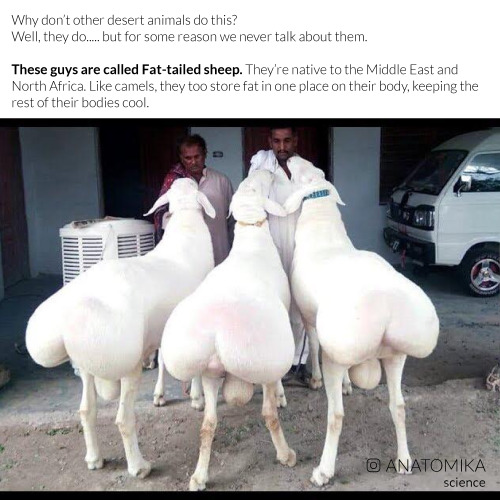
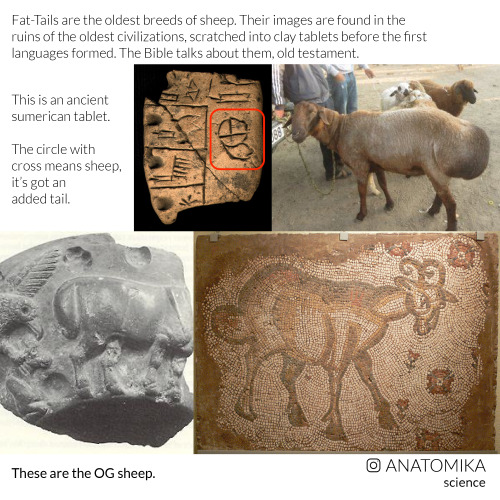



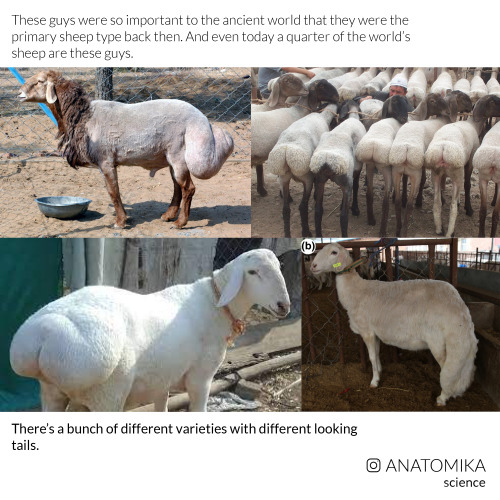
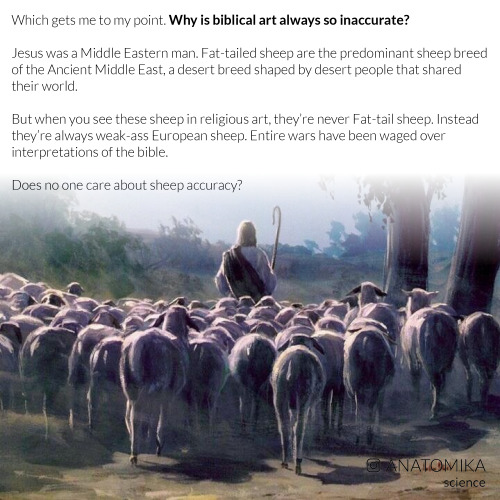
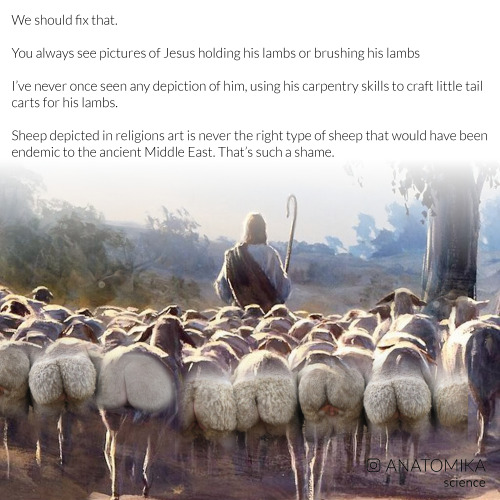
Religious art leaves out the best part and it’s such a goddamn shame. Livestock, Agriculture and Food is an integral part of any culture and we all need to be pushing for more realistic sheep in religious art. #FATTAILSFORJESUS
![Jinx Fanart! Featuring Lots Of Crows :]](https://64.media.tumblr.com/2d283f28eebfb795deee661cf6dd8e10/d49612e10e27eadc-d9/s500x750/f0e06619843f7879bc8fb42c7777a63a89ceda27.png)
Jinx Fanart! Featuring lots of crows :]
the transition im crying
People really need to realise that “media can affect real life” doesn’t mean “this character does bad things so people will read that and start doing bad things” and actually means “ideas in fiction especially stereotypes about minority groups can affect how the reader views those groups, an authors implicit prejudices can be passed on to readers”
-
 c0ckedgun liked this · 1 week ago
c0ckedgun liked this · 1 week ago -
 sleepy-mushrooms liked this · 5 months ago
sleepy-mushrooms liked this · 5 months ago -
 inactive-veins liked this · 5 months ago
inactive-veins liked this · 5 months ago -
 youniiik liked this · 6 months ago
youniiik liked this · 6 months ago -
 yakaibow liked this · 7 months ago
yakaibow liked this · 7 months ago -
 idleidylle liked this · 7 months ago
idleidylle liked this · 7 months ago -
 dahelton liked this · 8 months ago
dahelton liked this · 8 months ago -
 monochrome-sense liked this · 8 months ago
monochrome-sense liked this · 8 months ago -
 liizardwiizzard liked this · 8 months ago
liizardwiizzard liked this · 8 months ago -
 kmiwiptherevenge reblogged this · 10 months ago
kmiwiptherevenge reblogged this · 10 months ago -
 kmiwiptheorigin liked this · 10 months ago
kmiwiptheorigin liked this · 10 months ago -
 tsunvamp liked this · 10 months ago
tsunvamp liked this · 10 months ago -
 bingrenling liked this · 10 months ago
bingrenling liked this · 10 months ago -
 chibimaster-5 liked this · 10 months ago
chibimaster-5 liked this · 10 months ago -
 alusuwu liked this · 10 months ago
alusuwu liked this · 10 months ago -
 ninjakittenarmy reblogged this · 10 months ago
ninjakittenarmy reblogged this · 10 months ago -
 nemiahhaven liked this · 10 months ago
nemiahhaven liked this · 10 months ago -
 sleeplessvalley reblogged this · 10 months ago
sleeplessvalley reblogged this · 10 months ago -
 sleeplessvalley liked this · 10 months ago
sleeplessvalley liked this · 10 months ago -
 hellohyaku liked this · 10 months ago
hellohyaku liked this · 10 months ago -
 ceo-of-ranmugi liked this · 10 months ago
ceo-of-ranmugi liked this · 10 months ago -
 nekoooooo-p liked this · 10 months ago
nekoooooo-p liked this · 10 months ago -
 basilelevator liked this · 10 months ago
basilelevator liked this · 10 months ago -
 horvena liked this · 10 months ago
horvena liked this · 10 months ago -
 filedottxt liked this · 10 months ago
filedottxt liked this · 10 months ago -
 theratcrew liked this · 10 months ago
theratcrew liked this · 10 months ago -
 startagainaprologue liked this · 10 months ago
startagainaprologue liked this · 10 months ago -
 the-bitter-ocean reblogged this · 10 months ago
the-bitter-ocean reblogged this · 10 months ago -
 the-bitter-ocean liked this · 10 months ago
the-bitter-ocean liked this · 10 months ago -
 gogolsgnomes liked this · 10 months ago
gogolsgnomes liked this · 10 months ago -
 zirai-onna liked this · 10 months ago
zirai-onna liked this · 10 months ago -
 chashkagrechi liked this · 10 months ago
chashkagrechi liked this · 10 months ago -
 graveyardgreengarden liked this · 11 months ago
graveyardgreengarden liked this · 11 months ago -
 pleasedonotpercievemetnx liked this · 11 months ago
pleasedonotpercievemetnx liked this · 11 months ago -
 btbergamot liked this · 11 months ago
btbergamot liked this · 11 months ago -
 rubtsova7543 liked this · 11 months ago
rubtsova7543 liked this · 11 months ago -
 angrycatlovesfandoms liked this · 11 months ago
angrycatlovesfandoms liked this · 11 months ago -
 hancorona2109 liked this · 11 months ago
hancorona2109 liked this · 11 months ago -
 2hubbabubba2 liked this · 11 months ago
2hubbabubba2 liked this · 11 months ago -
 guzekna liked this · 11 months ago
guzekna liked this · 11 months ago -
 barbl7ester liked this · 11 months ago
barbl7ester liked this · 11 months ago -
 mitsandnits liked this · 11 months ago
mitsandnits liked this · 11 months ago -
 flying-pierog-art liked this · 11 months ago
flying-pierog-art liked this · 11 months ago -
 withanina liked this · 11 months ago
withanina liked this · 11 months ago
